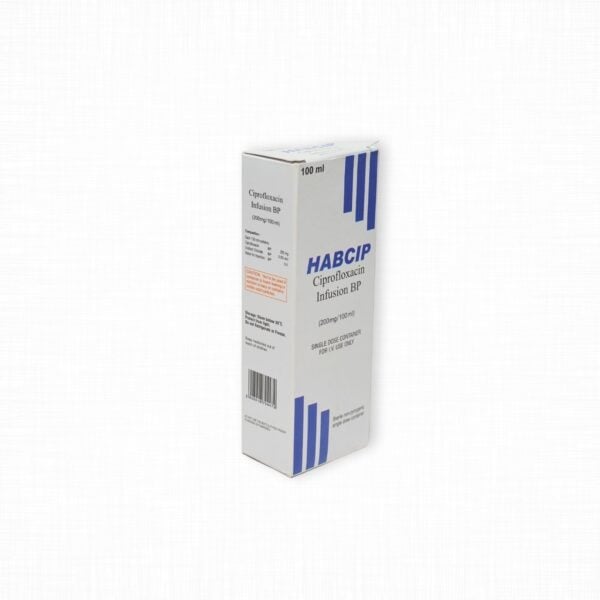Description
Cefuroxime (specifically cefuroxime axetil, the oral prodrug) is a second-generation cephalosporin antibiotic used to treat various bacterial infections, including upper and lower respiratory tract infections, urinary tract infections, skin/soft tissue infections, Lyme disease, and gonorrhea. It works by inhibiting bacterial cell wall synthesis.
2. Prescription
This medication is prescription-only (Rx‑only).
3. Therapeutic Category
- Antibacterial for systemic use
- Class: Second-generation cephalosporin (ATC code J01DC02
4. Active Ingredients / Compositions
- Active ingredient: Cefuroxime axetil, delivering 250 mg of cefuroxime per coated tablet (equivalent to ~300.72 mg cefuroxime axetil)
Excipients include sodium lauryl sulfate, copovidone, croscarmellose sodium, magnesium stearate, colloidal silica, mannitol, microcrystalline cellulose, talc, hypromellose, polyethylene glycol, polysorbate 80, titanium dioxide
5. Vitamins
None present.
6. Minerals
None present.
7. Variant
- 250 mg oral coated tablets.
- Other dosage forms may include 125 mg or 500 mg tablets and oral suspensions
8. Consume Type
- Oral administration.
- Tablets should be swallowed whole and taken after food to improve absorption
9. Directions / Usage
- Typical adult dosing: 250 mg twice daily for 5–10 days, depending on the infection type
- Examples:
- Tonsillitis/sinusitis/cystitis: 250 mg twice daily
Otitis media or bronchitis exacerbation: 500 mg twice daily
- Lyme disease: 500 mg twice daily for 14 days (range 10–21 days)
- Pediatric dosing: weight-based in children under 40 kg, generally capped at equivalent adult doses
10. Common Side Effects
- Frequently: diarrhea, nausea, vomiting, abdominal pain, headache, dizziness, transient liver enzyme elevations, Candida overgrowth, eosinophilia
Serious (rare): Clostridioides difficile infection, severe allergic reactions (e.g., Stevens–Johnson syndrome, anaphylaxis).
11. Package Type
- Coated tablets packaged in aluminum–aluminum (Al/Al) blister strips.
- Common pack sizes include 8, 10, 12, 14, 15, 16, 20, 24, and even 500 tablets per pack.
12. Storage Advice
- Store in original packaging to protect from moisture.
- No special temperature control needed; typically stable at room temperature (~15–30 °C).
- Keep in a cool, dry place away from direct light and humidity (e.g., not in bathroom).
13. Safety Advice
- Do not use if allergic to cefuroxime, other cephalosporins, or beta-lactams. Risk of serious hypersensitivity exists; immediate discontinuation and emergency care if severe reaction occurs.
- Use with caution in renal impairment; dosage adjustment or extended dosing interval may be needed. Cefuroxime is dialyzable.
- May cause dizziness—avoid driving or heavy machinery if affected .
- For patients on anticoagulants, monitor INR as cefuroxime may increase bleeding risk .
- Alcohol avoidance is generally prudent with antibiotics, though not explicitly contraindicated here .
14. Product Substitute
Other generic or branded cefuroxime 250 mg products, such as Succurit, Zinacef, Ceftin, Ceftum, Supacef, Skycef, etc., depending on region .
15. Manufacturer / Marketer
- A typical generic: Sandoz Limited (UK) is responsible for licensed cefuroxime 250 mg tablets in several markets .
Since “S‑Cenxime” wasn’t identified in public domains, its manufacturer is currently unknown—likely a generic/local brand.
16. Country of Origin
- Cefuroxime axetil developed by Glaxo (now GSK) and first introduced in 1987.
- Manufactured in various countries including the UK (Sandoz), India, and more. Many imported generics in Ghana are sourced from India
 Ibudol Plus Tablet
×
₵10.001 × ₵10.00
Ibudol Plus Tablet
×
₵10.001 × ₵10.00 Gabamec Capsule
×
₵4.001 × ₵4.00
Gabamec Capsule
×
₵4.001 × ₵4.00![B-clar 500mg [Clarithromycin]](https://www.scabpharmacy.com/wp-content/uploads/2024/11/B-Clar-500-300x300.jpg) B-clar 500mg [Clarithromycin]
×
₵65.001 × ₵65.00
B-clar 500mg [Clarithromycin]
×
₵65.001 × ₵65.00 Quinine Syrup
×
₵15.001 × ₵15.00
Quinine Syrup
×
₵15.001 × ₵15.00 Cromax 4 Eye Drop
×
₵165.001 × ₵165.00
Cromax 4 Eye Drop
×
₵165.001 × ₵165.00






Reviews
There are no reviews yet.